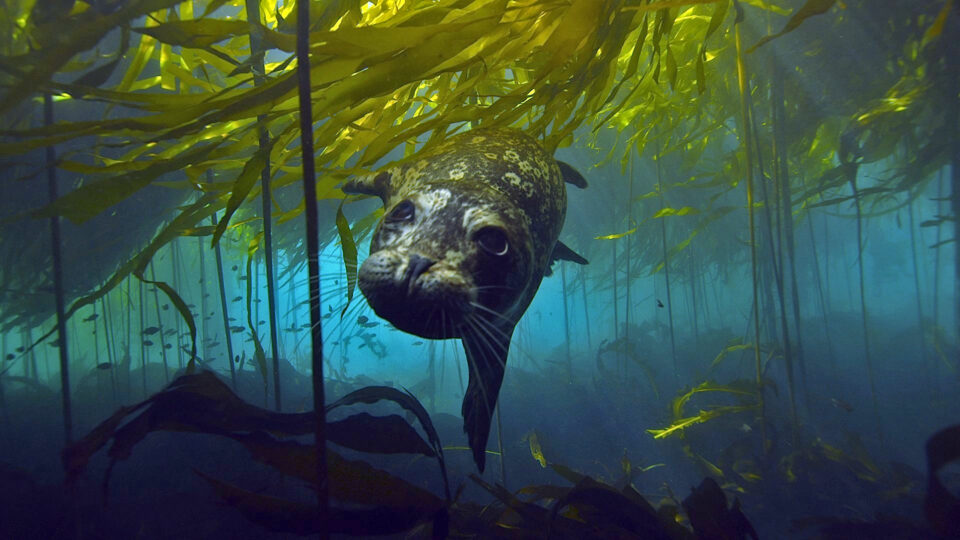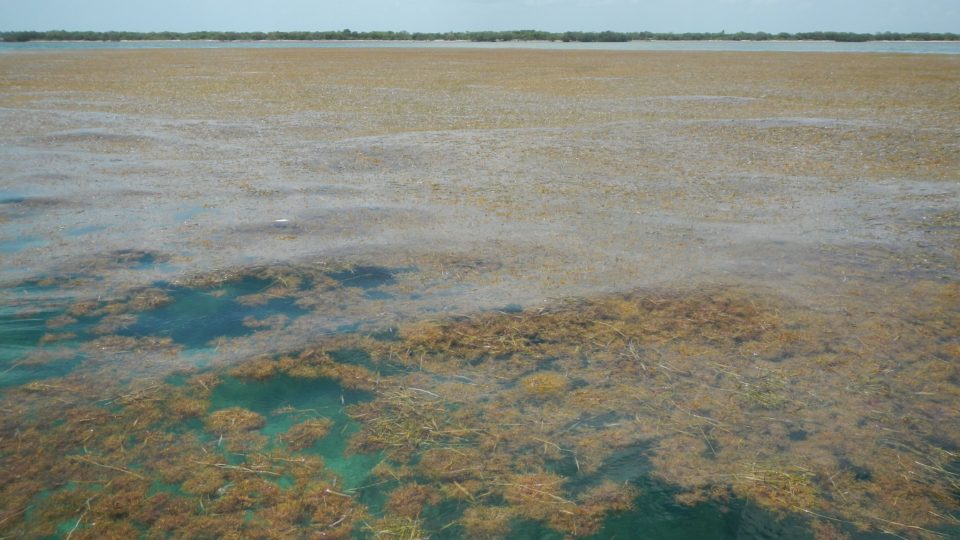Bull kelp is the dominant species in offshore kelp forests north of Santa Cruz, California along the west coast of North America. Bull kelp has similar physical structures to terrestrial plants; it anchors to the ocean floor with root-like structures called holdfasts, and has stem-like structures called stipes from which leaf-like blades stretch out through the water, absorbing nutrients and sunshine.
These giant seaweeds form lush underwater forests in northern California’s coastal waters and have long provided critical habitat for many species like salmon, crabs, and jellyfish. But now, for much of the California coast, only a few patches of bull kelp remain.
A team from University of California Santa Cruz has studied satellite images of about 200 miles of coastline. They found that starting in 2014, the area covered by kelp has dropped by more than 95%.
The die-off was driven in part by an underwater heat wave that depleted nutrients in the water and made it harder for the kelp to grow. Making matters much worse, populations of purple sea urchins, which eat kelp, have exploded in the region because of overfishing and other reductions in urchin predators such as sea otters. The sea urchins eat kelp holdfasts, creating so-called urchin barrens where their destructive grazing has decimated kelp forests.
Bull kelp is a species at high risk of becoming endangered. In coming decades, more marine heatwaves are expected. These events as well as stronger El Niños will become more common and frequent with climate change. Between these thermal events and the sea urchins, it will be difficult for kelp forests to survive.
**********
Web Links
Ninety-five percent of bull kelp forests have vanished from 200-mile stretch of California coast
Photo, posted October 28, 2015, courtesy of Florian Graner/Green Fire Productions via Flickr.
Earth Wise is a production of WAMC Northeast Public Radio.

